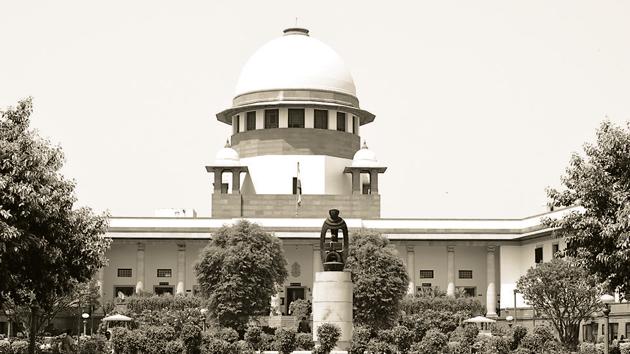How the Constitution was betrayed
In Maharashtra, there was a total breakdown of constitutional morality. All actors contributed to it
One of the fundamental features that distinguishes a society based on the rule of law from one ruled by gangs of robber barons is an emphasis on due process. Political power is not acquired in a free-for-all, in which the strongest party wins, but through a set of fair procedures. The document that sets out these procedures is the Constitution. However, no Constitution can cover every eventuality. A large part of the Constitution is unwritten. We call these “constitutional conventions” — norms and rules of behaviour that guide the conduct of powerful political players.

While the written Constitution governs and limits the actions of the government, constitutional conventions play an important role when it comes to the conduct of lawmakers, high constitutional functionaries, and that ambiguous time between the results of elections and the formation of the government. On most occasions, conventions are not required. If, for example, there is a clear mandate from the electorate in a state election, there is no problem. However, it is in more ambiguous times — of fractured mandates and fractious coalitions — that conventions come to the fore.
But constitutional conventions are also fragile. Their continued existence relies upon the fact that constitutional functionaries and political actors act in good faith, and do not subordinate process to naked power play. And once constitutional conventions are broken, by their very nature, one breach perpetuates another.
The events in Maharashtra reflect a near-complete breakdown of constitutional conventions; a sordid set of events to which every player involved has contributed. After a fractured mandate, in which no single party claimed majority, differences emerged between the pre-electon combine of the Bharatiya Janata Pary (BJP) and the Shiv Sena (which together had a majority). Eventually, the Sena refused to support the BJP — which was the single-largest party — and the BJP, therefore, was unable to form the government. At this point, the correct course of action would have been for fresh elections to be called, as no party — or pre-election alliance — was in a position to secure a majority.
However, the Sena was open to the idea of joining up with the Congress and the Nationalist Congress Party (NCP), the other two parties in the fray. This raised serious issues of political morality, as the BJP-Sena and Congress-NCP combines had presented themselves to the voters, and sought votes, as allies and opponents respectively. Be that as it may, the governor of the state invited the Sena and the NCP to attempt government formation — but inexplicably, reduced the time allotted to them. President’s rule was declared thereafter.
It is then that the breach of constitutional conventions grew more serious. On Friday evening, it was announced that the new Sena-NCP-Congress combine had reached an agreement. The next morning, at 5:47 AM, President’s rule in the state was revoked, and a BJP-NCP government was sworn in a few hours later. Revocation was done at the behest of the Prime Minister’s Office (PMO), which bypassed regular procedures (consultation with the Cabinet) by relying upon a Business Rule that was only meant to be used in an “emergency”. And the governor swore in the new government on the strength of a letter produced by Ajit Pawar — the then leader of the NCP legislative party, claiming that he had the support of all the NCP Members of Legislative Assembly (MLAs). However, both the veracity of the letter, and the extent of support for Ajit Pawar, were contested by the Sena-NCP-Congress combine, which immediately approached the Supreme Court for relief. In the meantime, a familiar drama played out, with prospective MLAs being taken to hotels to prevent “horse trading”.
It is, therefore, clear that whoever finally “wins” the political game, constitutional conventions have lost. They lost when electoral enemies switched sides, betraying the voters; they lost when the governor acted arbitrarily in allocating time to the claimants to prove their majority; they lost when the PMO bypassed due process to have President’s rule revoked in the early hours of the morning, which the President approved; and they lost when the governor equally hurriedly swore in the new government without objectively convincing himself of the numbers.
As always, it was left to the Supreme Court to sort out the mess. Sorting out political messes is not the court’s task and nor should it be; but in the circumstances — after a somewhat disappointing delay — the court ruled that a floor test must be conducted on November 27 (reducing by three days the time that the governor had given). The court’s order followed a line of precedent, and is a justified one. While the court cannot force political actors to follow constitutional conventions, it can at least minimise the scope for their flouting. An immediate floor test — that reduces the possibility of horse-trading — is the only solution that allows the court to tread a fine line between policing the democratic process, and taking over governance altogether. Unsurprisingly, the judgment soon triggered the resignation of Fadnavis, as it became clear that the numbers were not there — and perhaps never had been. But it is also clear that if the breakdown of constitutional conventions continues at this rate, very soon, the situation will be beyond even the court’s power to remedy.






